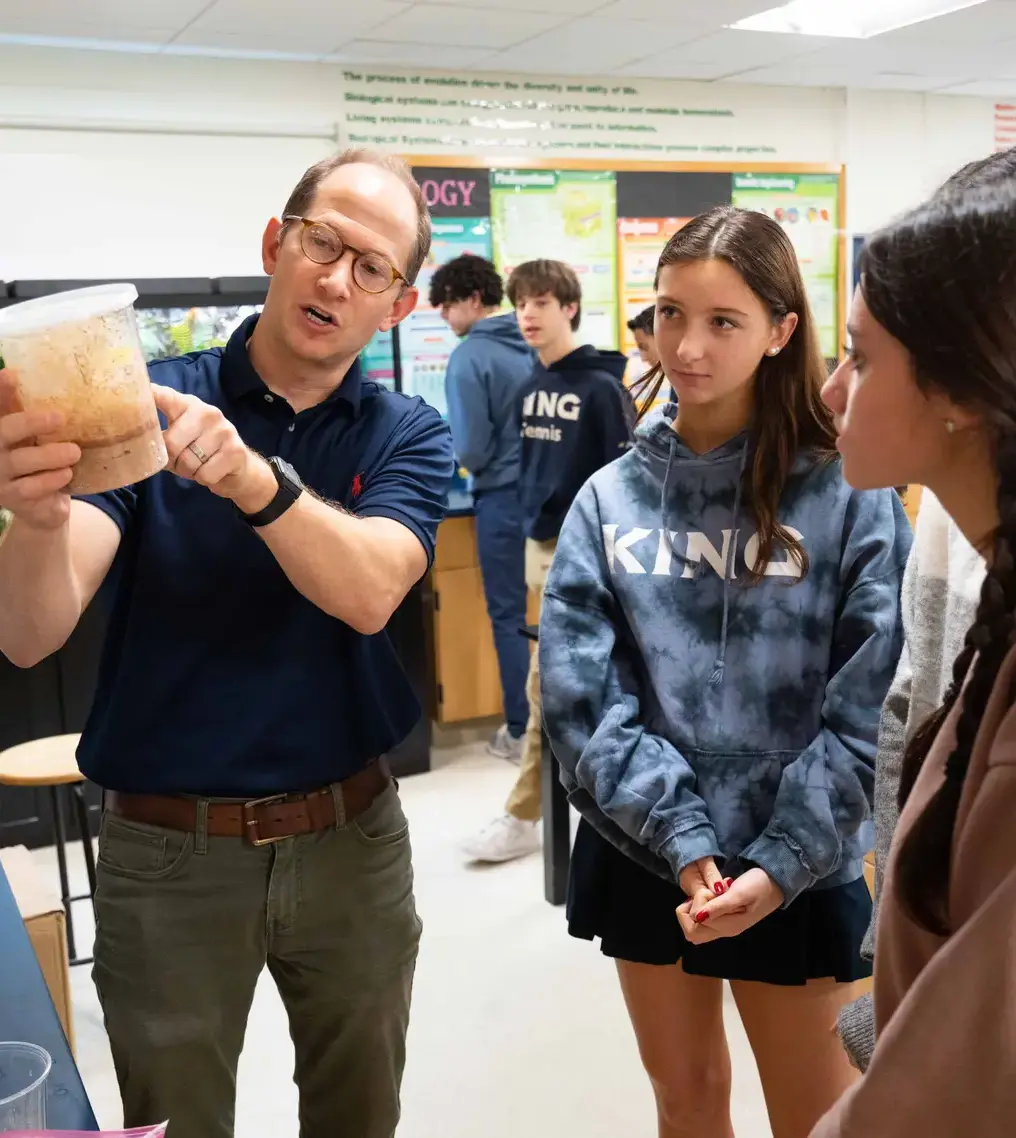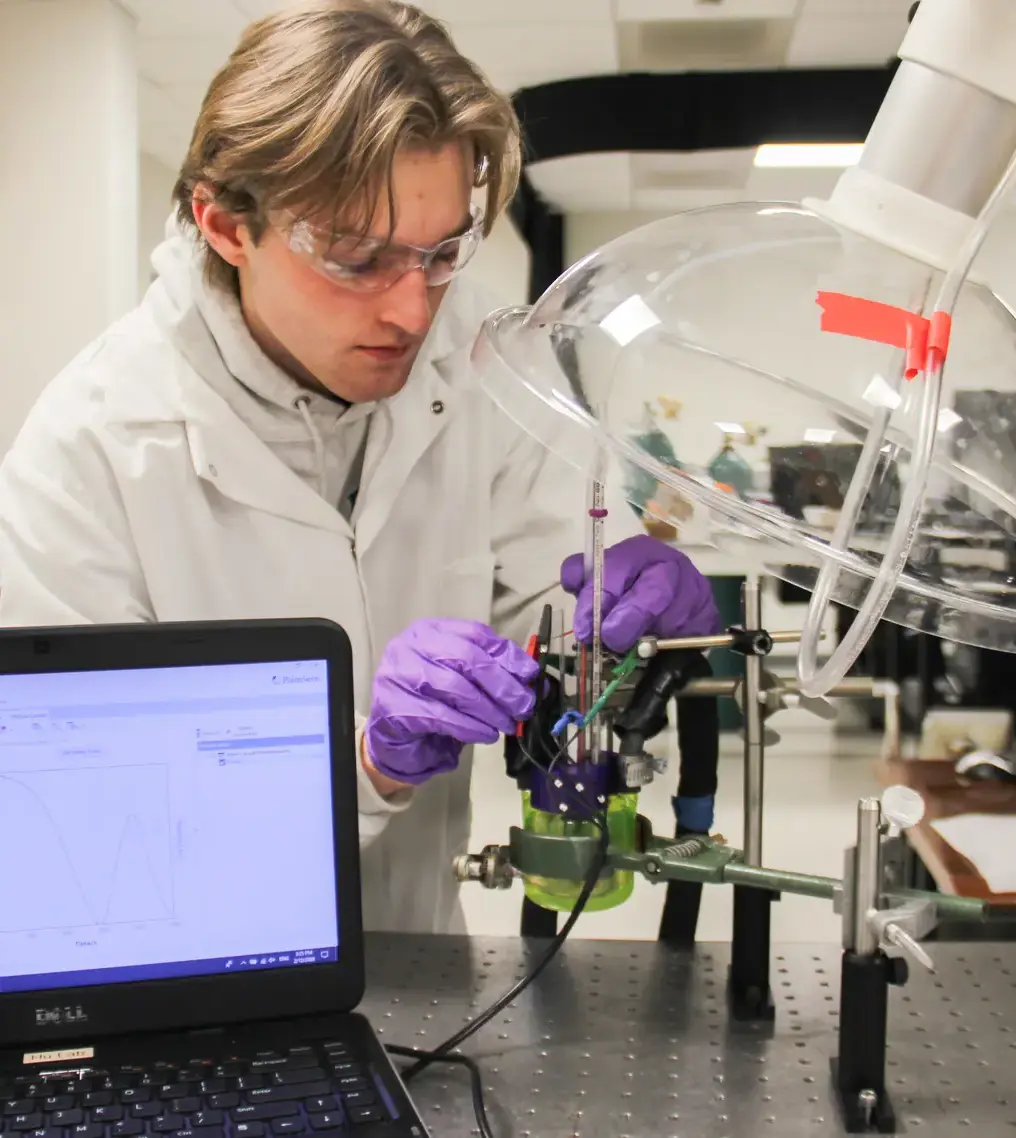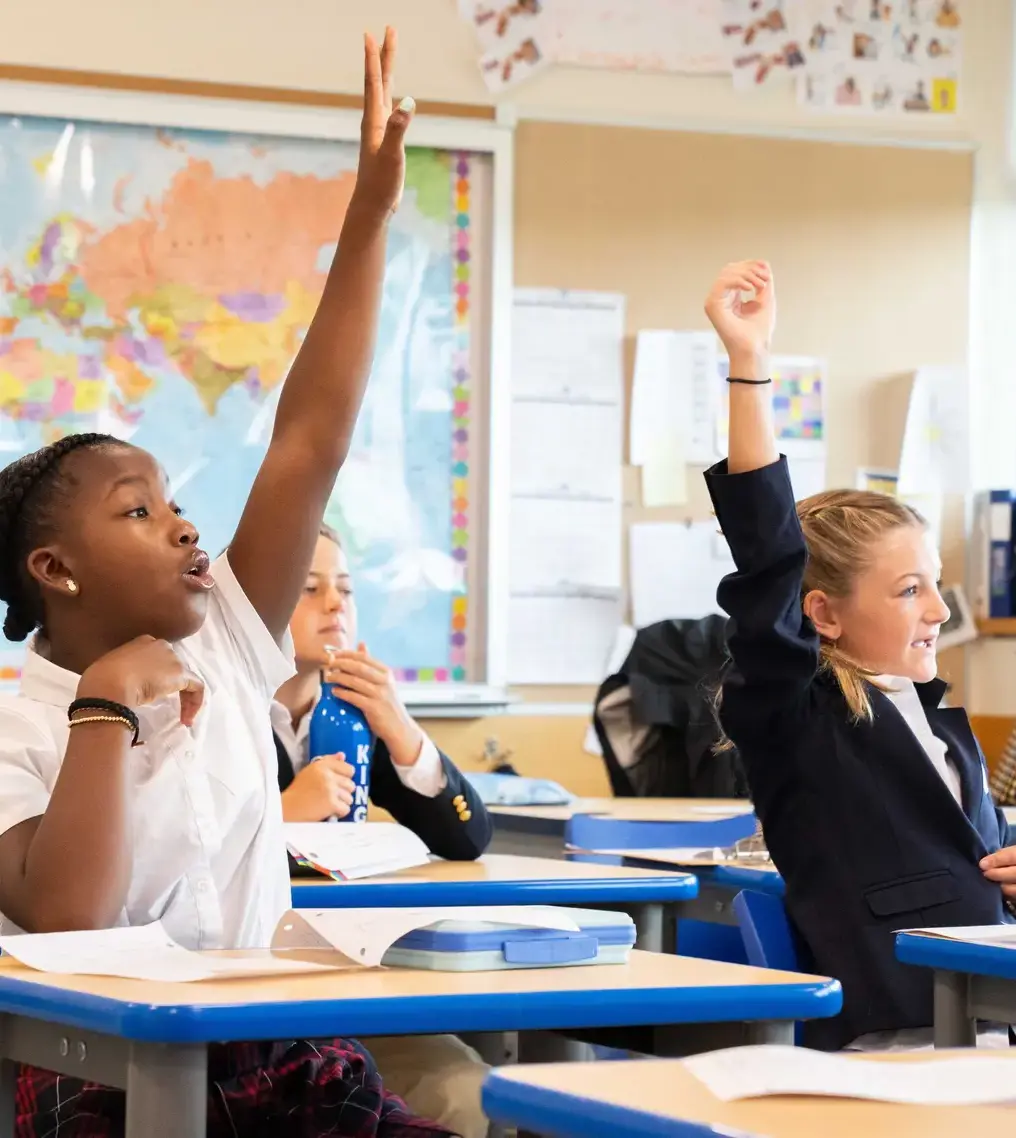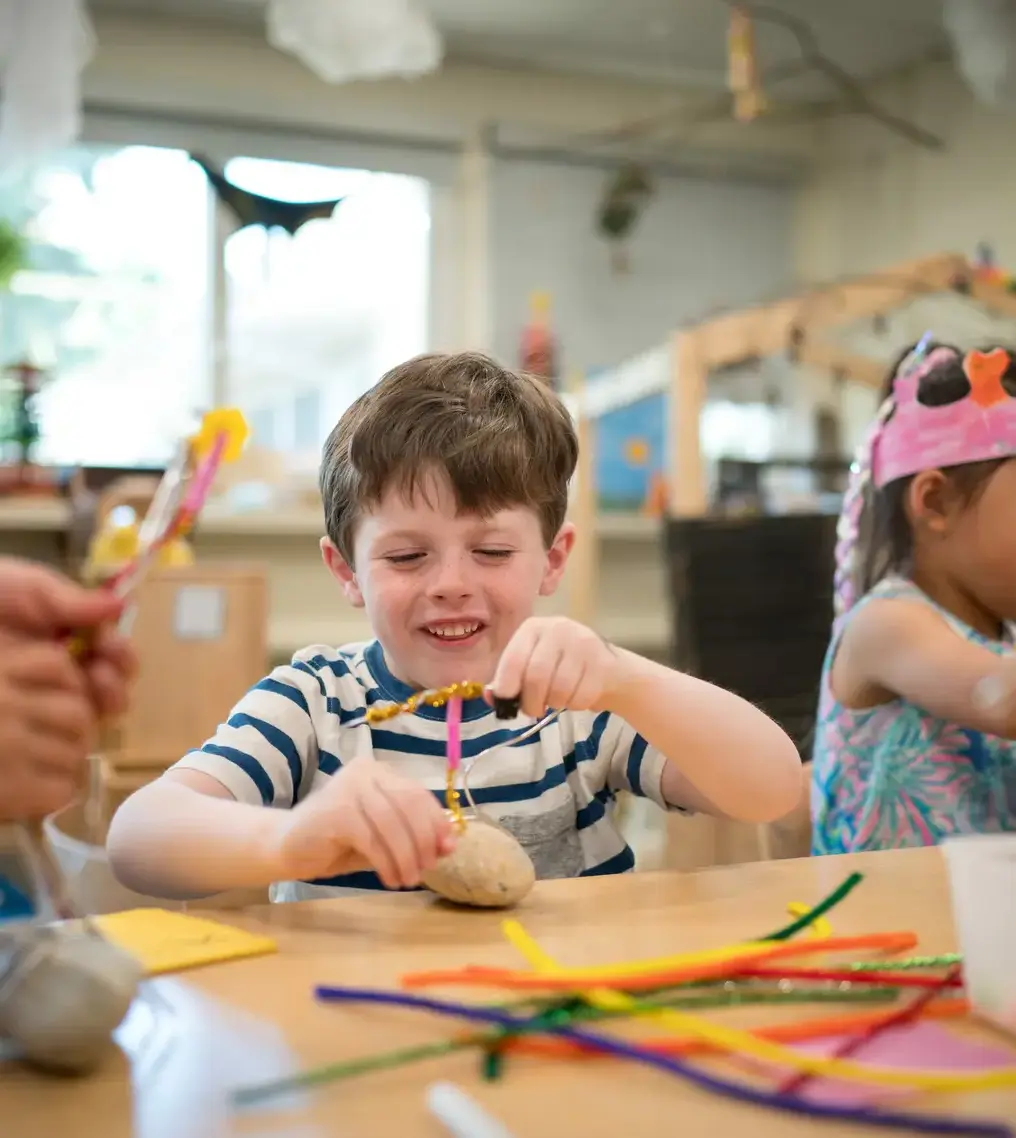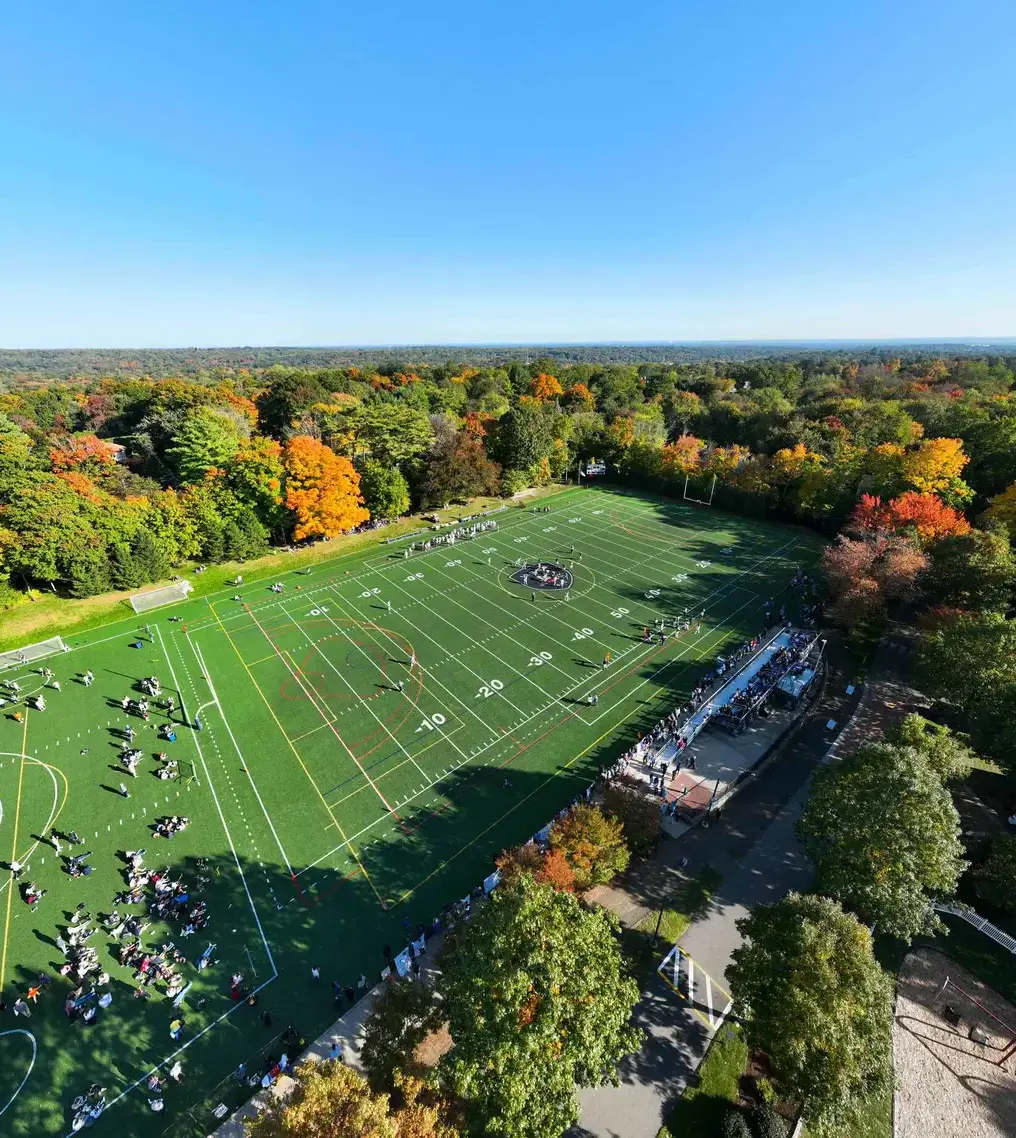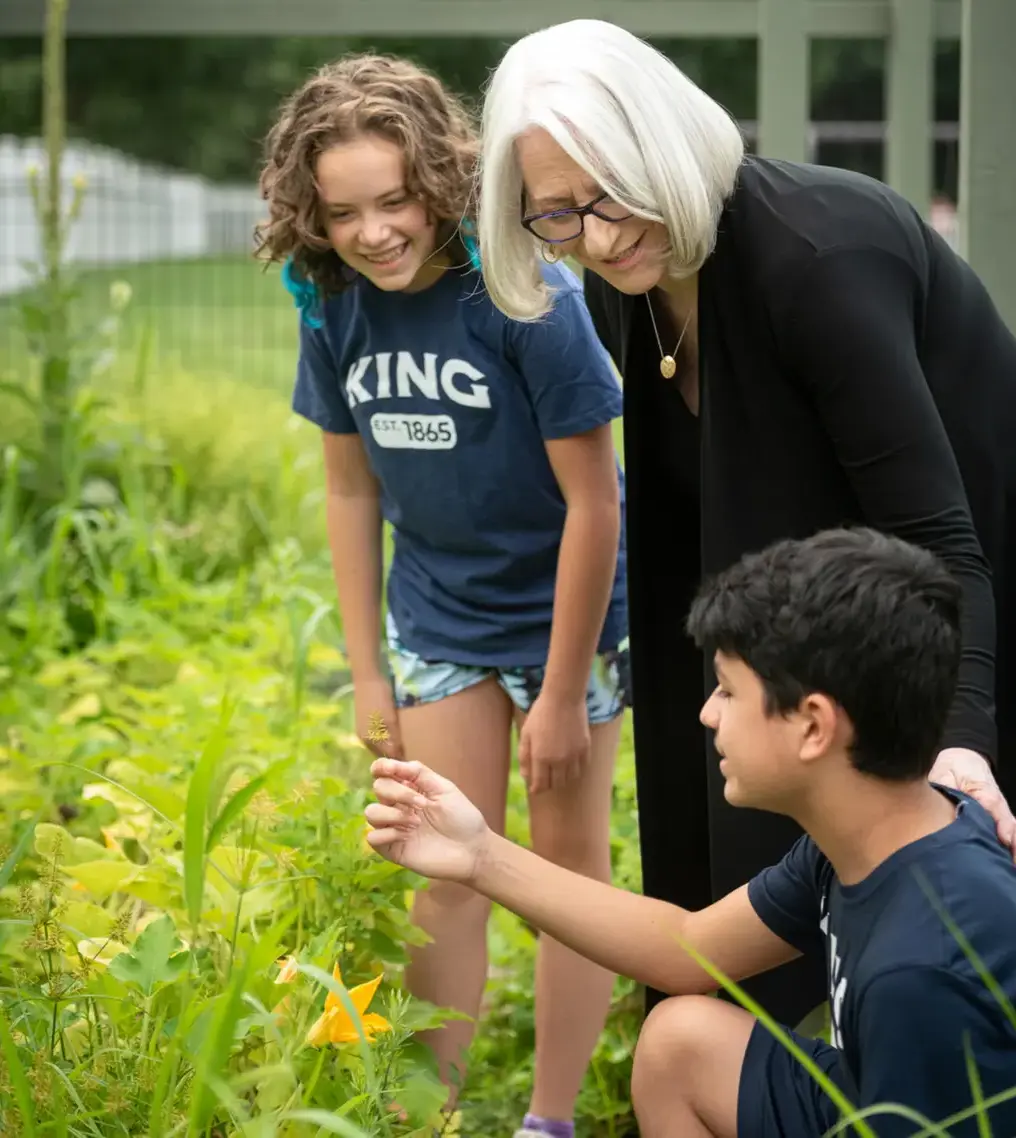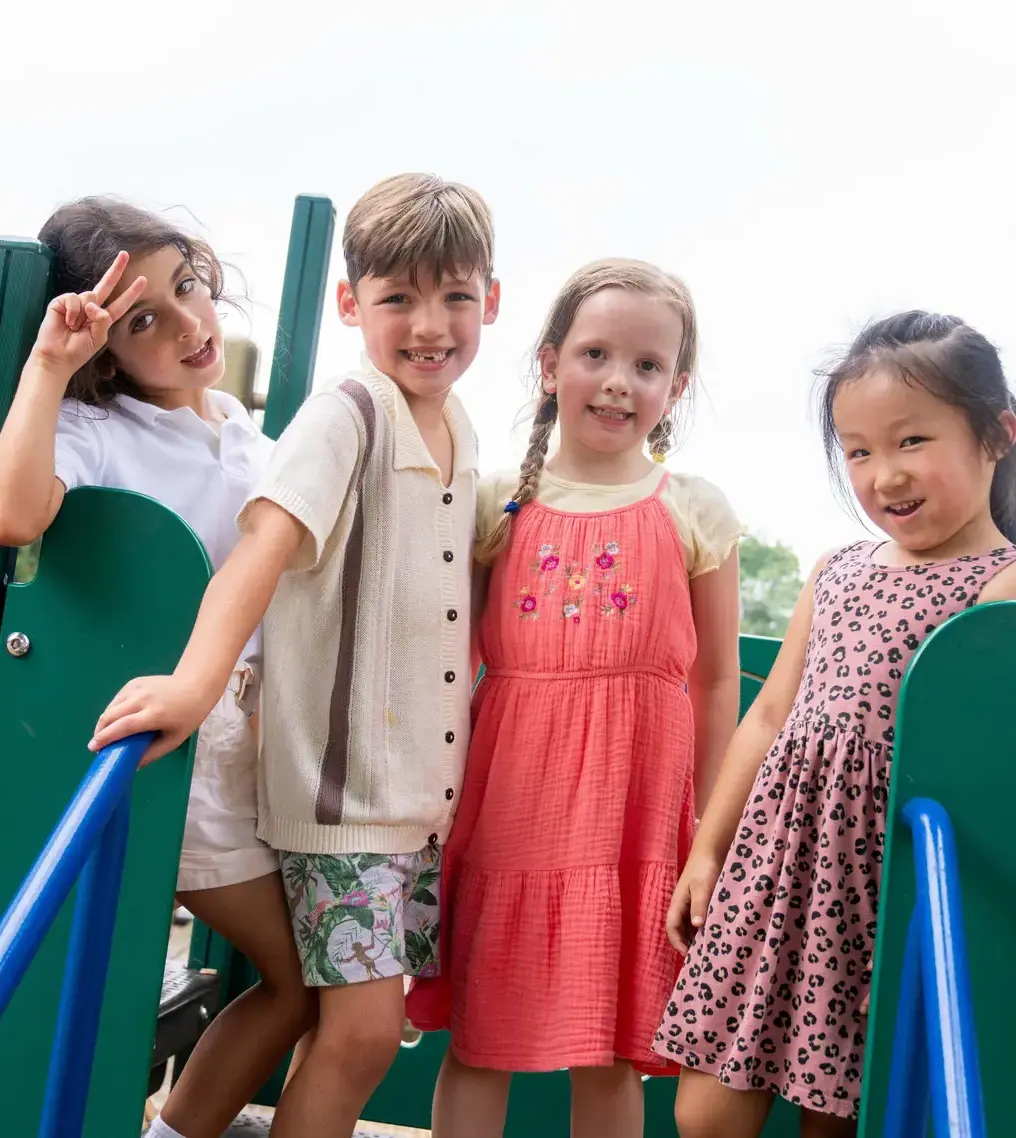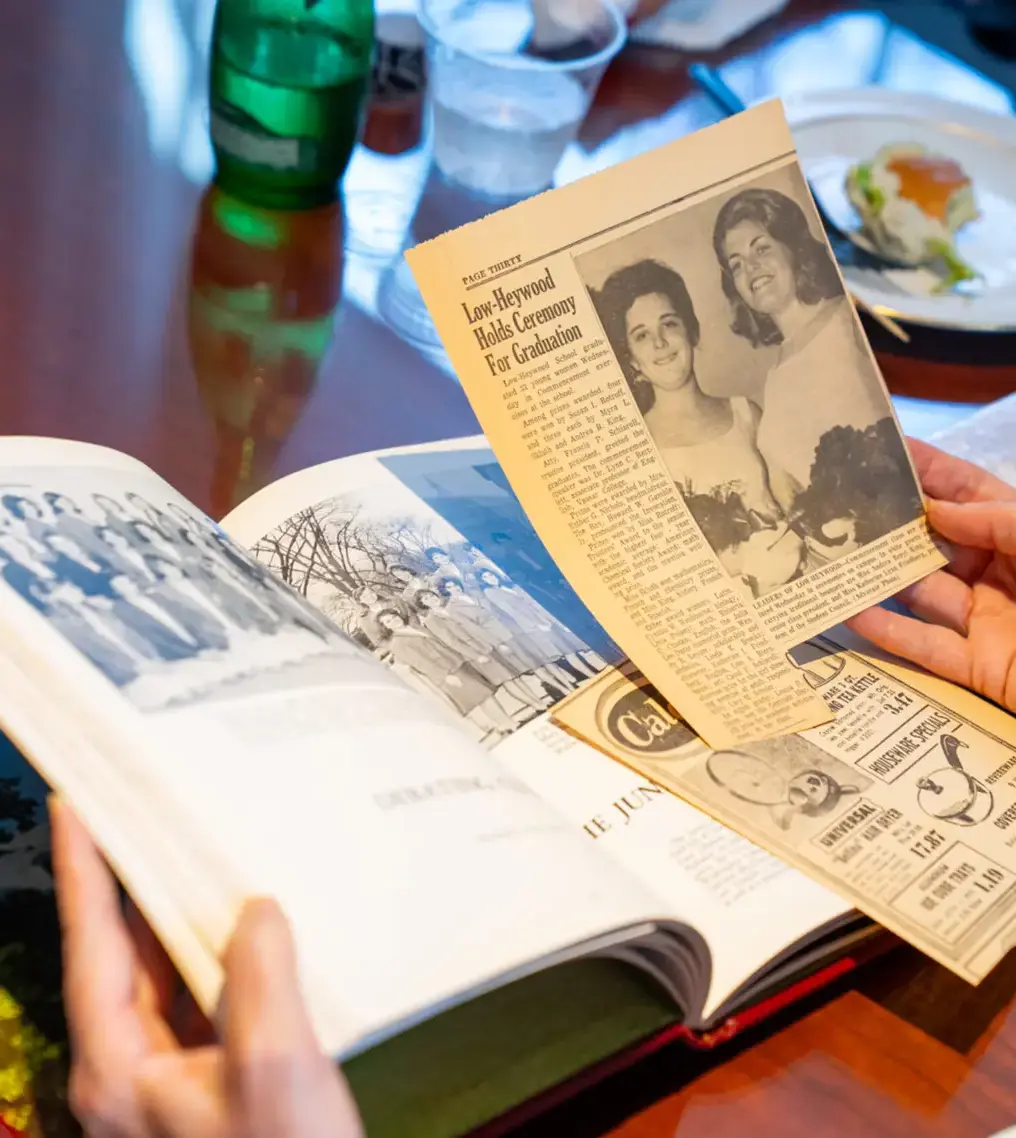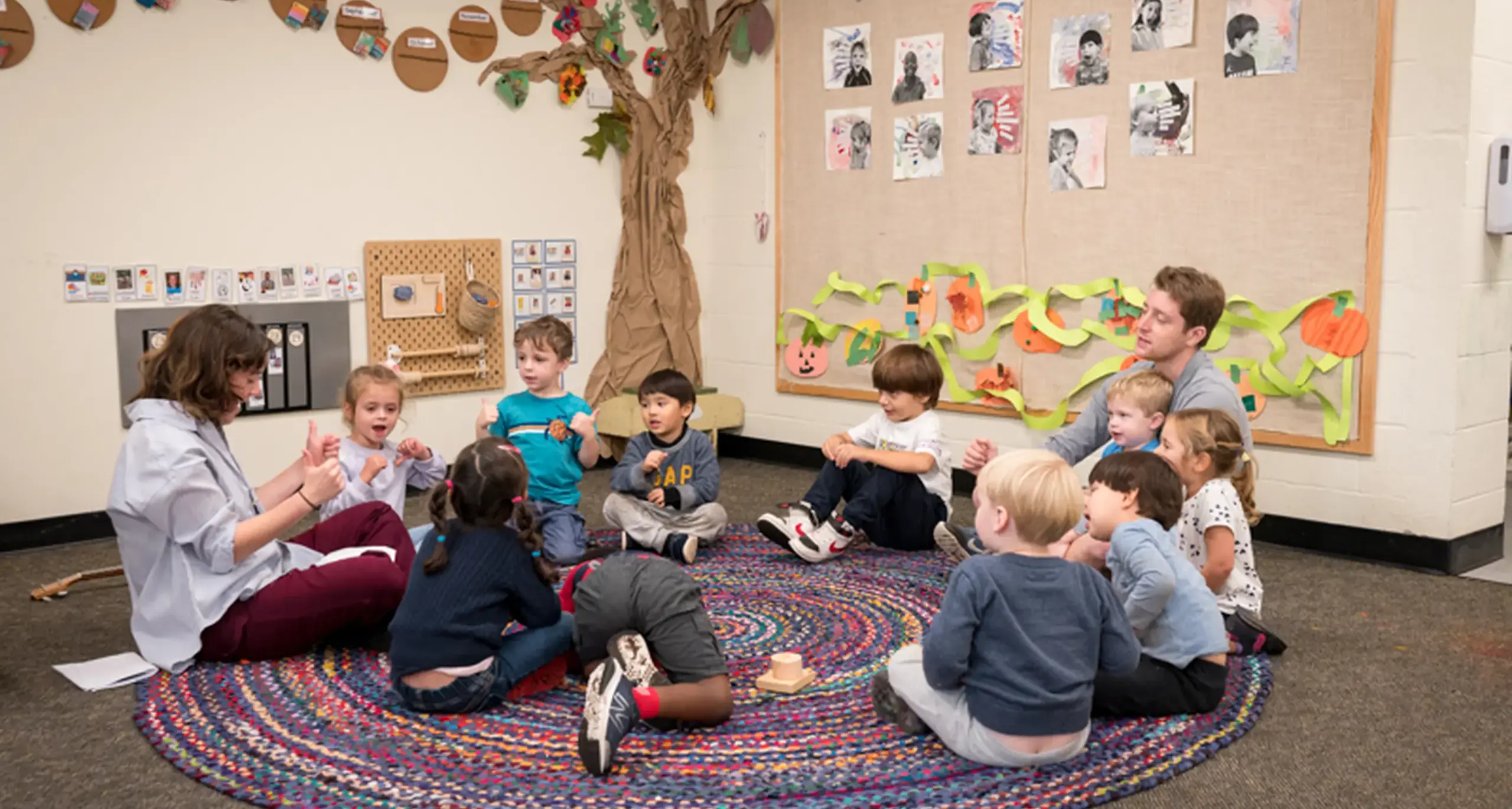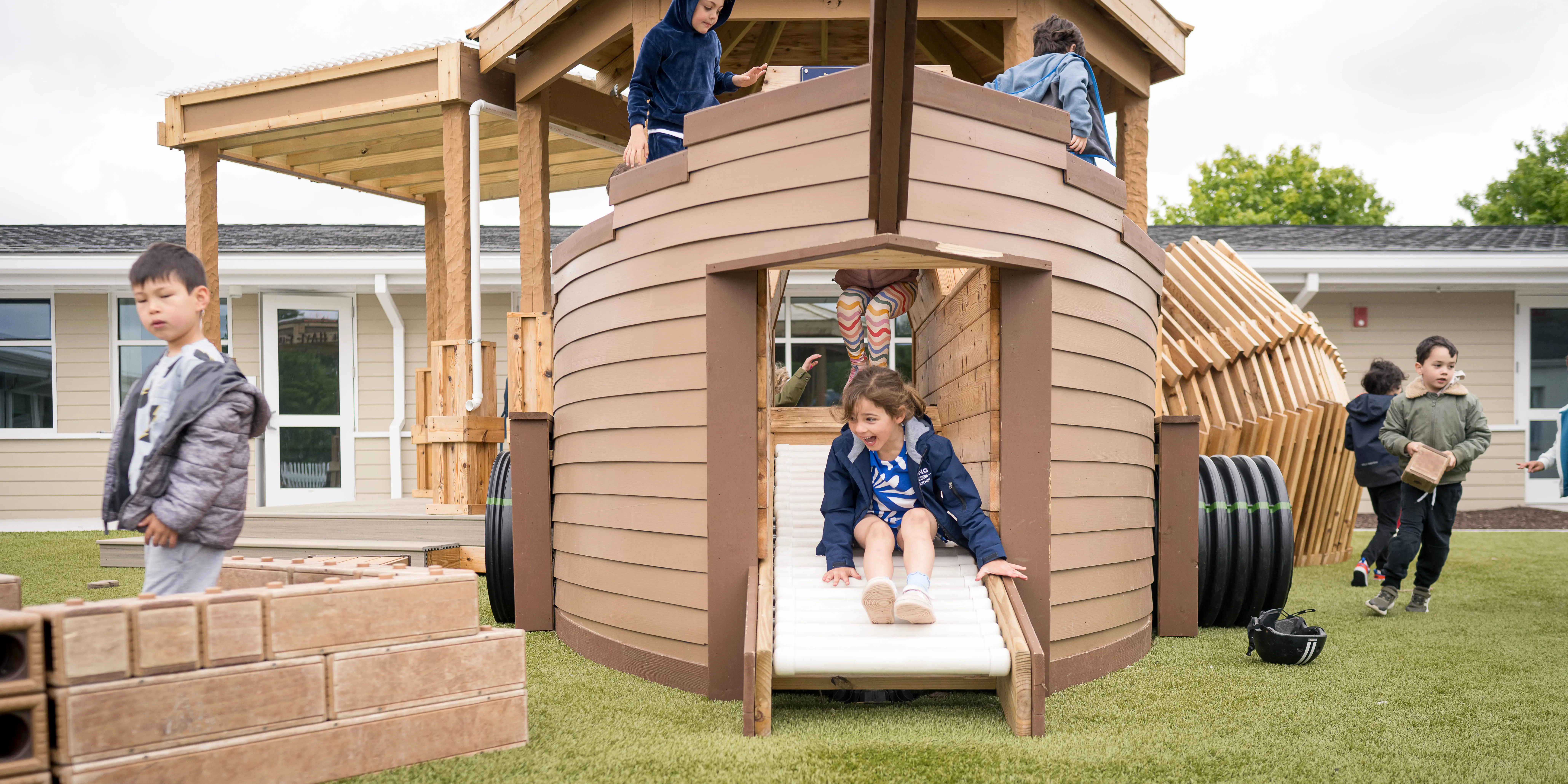King School Preschool and KINDERGARTEN
Reggio Emilia Inspired Preschool & Kindergarten in Stamford, CT
At King, curiosity leads to exploration, and exploration leads to a mastery of foundational skills in all areas of our curriculum.
Our youngest students see education as a way to experiment, create, construct, and connect. In the process, they develop a more expansive mindset. They experience education as a path of discovery, understanding, wonder, and joy.
These ideas are grounded in the Reggio Emilia-inspired, project-based teaching and learning practiced at King School. Starting at age 3, we encourage our Prekindergarten and Kindergarten learners to collaboratively explore their environment within intentionally created classroom spaces that allow children to actively engage in their learning.
What is Reggio Emilia?
Reggio Emilia is a city in Italy that has gained worldwide attention because of its commitment to early childhood education and inspiring programs for young children.
The founder of the Reggio approach, Louis Malaguzzi, believed in the deep intellect of children and creating real and meaningful experiences to enhance learning. |

Only schools in the city of Reggio Emilia can truly be Reggio schools: schools in the United States and other countries are known as Reggio-inspired since they draw inspiration and ideas from a very comprehensive program based in Italy.
- A Reggio Emilia program puts children’s natural development front and center.
- Teachers plan activities and lessons based on students’ interests, rather than a set curriculum.
- Teachers are keen listeners to children’s questions and ideas and design their classrooms to intentionally encourage student interaction as they explore, create, and access supplies and materials.
- In the Reggio-inspired school, the classroom environment is seen as the “third teacher” in the room, offering materials to provoke and inspire students.
How Reggio-Emilia Differs from a Typical Preschool?
Different than a typical preschool where students may find their days filled with playful activities, a Reggio-inspired program guides children to wonder, explore, research, and create.
Students are empowered by their natural curiosity and wonder to be researchers first. They are scientists who are being supported by the skills of a teacher who understands emergent curriculum. |
For example, when you are teaching a four-year-old child to have a correct pencil grip, part of having the correct grip is having the dexterity and the fine motor skills to hold the pencil correctly.
You can do that in a thousand different ways.
One way is to have a child hold a pencil over and over and over again. That is monotonous and sometimes painful and does not lead to the child falling in love with holding a pencil.
Whereas if you work with children in a way that encourages them to ask questions and empowers them to try all sorts of activities to build their fine motor skills, they will acquire the same skills as children in other classrooms.
The difference is that they will also have confidence in their ability to ask questions, to gather data and form answers, and to become experts in their areas of interest. That feels empowering when you are four years old.
Reggio-Inspired Early Childhood Program
| King School Teachers | |
|---|---|
|
How They Apply Reggio Emilia Principles The Reggio Emilia approach is rooted in a deep respect for young children and a desire to support and enhance intellectual inquiry through project work and meaningful learning. The classroom is designed to offer children provocations to further their curiosity and to develop their confidence in pursuing knowledge through direct and first-hand experiences.
Teachers are trained to understand the philosophical underpinnings of a Reggio-approach With knowledge of child development as a foundation for planning projects, teachers work to listen to children and their questions, observations, and interests. As a teacher begins to learn more about their students, and as students find engaging questions to pursue, the classroom environment offers areas for exploration and discovery. The founder of the Reggio Emilia movement, Louis Malaguzzi, believed that children have 100 Languages to express their understanding of the world, and it is essential for educators and parents to respect each of those 100 Languages. That is why a Reggio classroom will offer beautiful materials for a child to express understanding through artwork, through a model. |
|
| Teachers Document and Reflect on Student Progress | |
|
Documentation is a big part of the Reggio-Emilia philosophy. Documentation is the process by which a teacher gathers data on student progress and continually reflects on their learning, as a teacher, to refine and support students. This requires teachers to observe and document individual students and their approach to work. For example, a teacher may notice a child’s slow and careful painting when observing details of a plant’s roots and their efforts to capture the roots accurately in the artwork. That might lead to the teacher offering additional provocations of other items with roots for children to observe and study.
|
|
| Teachers use Materials that Invoke Curiosity | |
|
The choice of materials is essential in a Reggio classroom. There is very little plastic found in a Reggio-inspired classroom. The color palette of a Reggio-inspired classroom is frequently muted and calming, with many colors found in nature. The children - their colorful approach and vitality - enliven the classroom.
|
Reggio Emilia at King School
| As a Concept | |
|---|---|
|
Our entire campus provides opportunities for learning. Students explore beyond the confines of a traditional classroom and leverage art, math, team building, and collaboration skills to explore their world and learn to become researchers and creative problem-solvers. This process of following natural curiosity and wonder throughout the day, with guidance from the teacher, is central to King School’s use of the Reggio Emilia approach to early childhood education. |
|
| Early childhood learning | |
| The curriculum is self-guided, as King students learn through experience in a relationship-driven environment. | |
| In the Classroom | |
|
The Reggio-inspired classroom is purposefully designed at King School to inspire students and to build on their questions, observations, and ideas. For example, when studying the nearby forest, King PreK students asked questions and wondered about creatures that live in the woods. They researched their own questions (yes, four-year olds are great researchers!) and found answers to their questions by direct observation in the woods and they built models to explain their thinking.
At King, early literacy and math skills are enhanced as children study things that are observable and can be experienced through the senses. King students gather data by interviewing experts, by making first-hand observations, developing hypotheses, and by posing questions to further their studies. While Piaget stated that the work of childhood is play, the King PreKindergarten and Kindergarten classrooms offer playful ways to engage in scientific, artistic, mathematical, and literacy work - in pursuit of real knowledge. |
|
| Early childhood outside | |
|
Through connected experiences, young children become true experts in their studies, finishing their project work by sharing information with others, including parents and other classmates. At King School, we trust in the intellect of young children, and our teachers believe in the relationship between themselves as the teachers and the children as the learners.|
|
Ask More of Your Child’s Preschool Education
Come visit campus to learn how King sets a better standard for education, pairing challenging academic programs that teach students how to think and solve problems with a collaborative culture that empowers students to pursue their passions. Here, you will also be able to tour our beautiful campus.
Our Admission office loves getting to know families and is happy to discuss any questions!

